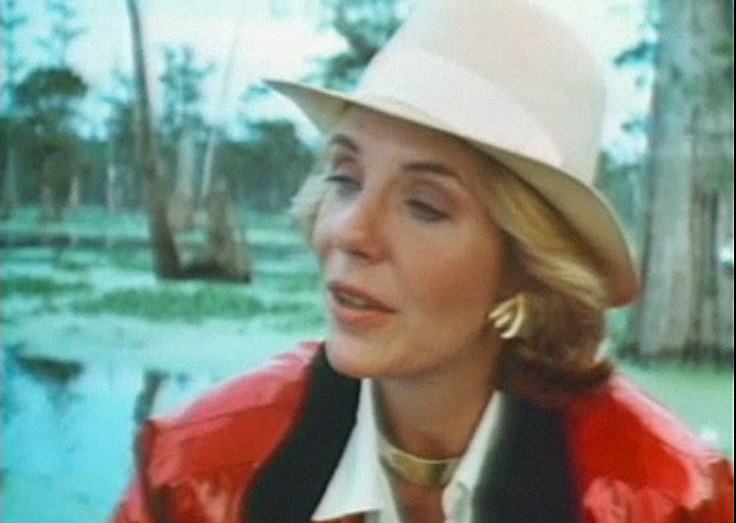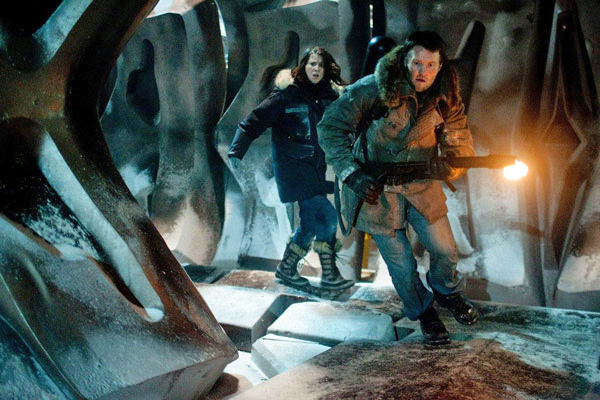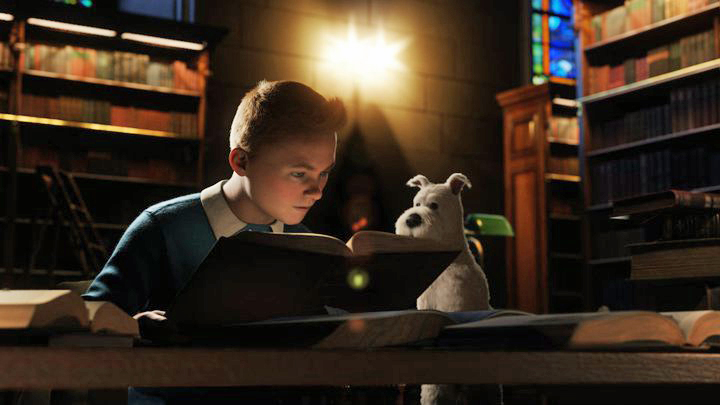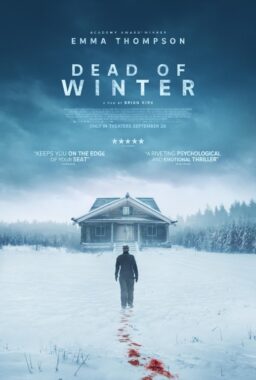Q. Why is the street always wet in nighttime scenes in movies? I noticed this probably 25 years ago, and never knew who to ask. (Justin Ritter)
A. Because dry streets don’t photograph. Films use fire hoses to wet them. The streets are often wet in night scenes even in films set in desert climates.
Q. Of all the people that get their names in the opening credits of a movie: actors, directors, cinematographers, composers, producers and even the occasional art/effects person, there’s one category that always appears in the opening credits, but has no Oscar category: Casting Director. Is there a reason that they’re so important they need to be in the opening credits, yet not important enough to recognize at awards time? (Peter J. Rudy, Norman, OK)
A. No reason that I know of, and casting decisions are often the making of a film. The director has the last call, but often is pointed to ideal choices he would never have known about.
Q. A friend and I were having a discussion the other evening about Criterion releases and what movies haven’t been given the “Criterion treatment” (i.e. tons of extras, commentaries, essays, a nice transfer from a restored print, etc.) that we would most like to see as a title in their catalog. The title that sprang to mind for me was “Network,” but I was wondering if you would weigh in and suggest a film that you’d like to see given the “Criterion treatment.” (Michael Elves)
A. Criterion can’t always obtain the rights to a film, although most filmmakers are eager to have their work in the Collection. Of possible candidates, I think of Orson Welles’ great “The Magnificent Ambersons.” The film was one of the first dozen Criterion titles on the new laserdisc format, and I have a copy, with its splendid commentary track by Welles scholar Robert Carringer. The last reel of the film is famously missing, having been reshot in a studio blunder. But it will apparently always be missing, so I wish Criterion would release “Ambersons” on DVD.
Q. If I look at my (broad strokes) view of the arc of the Western, there’s the era of cheap horse-chase-and-fistfight Westerns from the silent era through 1939. Then, the beginning of the classic era, with first “Stagecoach” through “My Darling Clementine,” through Anthony Mann in the 50s, up to around the time of “The Searchers.”
Then you’ve got a sort of “reimagining” period in the 60s and early 70s, with “The Wild Bunch” and “Ulzana’s Raid.” Then a period of dormancy. And from then forward, just sporadic visits to the genre—”Heaven's Gate,” “Silverado,” “Unforgiven,” “Open Range“—usually (inaccurately) described as the hoped-for revitalization of the genre. Are Westerns essentially gone for good? Can genres reach a point where they’ve got nothing left to give? (Mike Turner, Greensboro, NC)
A. No genre is dead unless no more good films remain to be made in it. The Western goes in and out of favor, but remains one of the most resilient and flexible of genres. Consider “3:10 to Yuma” (2007), “The Assassination of Jesse James by the Coward Robert Ford” (2007), and the forthcoming “True Grit” (2010) by the Coen Brothers.
Q. I’m not a fan of Westerns but I admit being intrigued by the “True Grit” trailer. It could be that I’m a sucker for Johnny Cash. In any case, I’m never sure what to do when there is a big remake coming out that I want to see. Is it better to just wait and see the remake to judge on its own merits, or should you see the original first so that you are coming in with some understanding of what has come before? (Melissa Becker)
A. There’s no rule. Most people who haven’t seen the original see the remake and then perhaps go back to the earlier film.
Q. How long do you think it will be before moviegoers realize how poor most 3D movies look and stop attending those showings? Will there be a point where 3D is only for some animation? (Nathaniel Kane, Rochester, NY)
A. Moviegoers have already noticed, which is why the retrofitting of 2D into 3D is being dropped. Warners, for example, changed its plans to make the new Harry Potter into fake 3D. The love affair with 3D in general is waning, if box office figures can be believed. 3D looks best with animation, and rarely works with live action. And before you cite “Avatar,” remember that most of it was CGI.
Q. I was wondering what is your opinion on the debate over Jean-Luc Godard’s alleged anti-Semitism in light of his Oscar award? (Jacob Feuer)
A. Godard has expressed no interest in accepting the award because it would not be part of the actual Oscar ceremony. There is much discussion about whether his remarks were anti-Semitic or more strictly anti-Israel.
Q. Since good movies can now be cheaply made, why aren’t we seeing more of the kind of art house films that were so influential in the 60’s and 70’s? (Jerry Ketel, Portland, OR)
A. Two reasons: (1) It is very expensive to release, promote and advertise any movie, and (2) The younger generation of moviegoers has more limited tastes than the “movie generation” of the 60s and 70s.
Q. Does it annoy you when characters unintentionally exhibit bad manners? For instance, a typical scene:
Dave walks into office
Dave: Hi Suzy.
Suzy: How are you?
Dave: Cancel my 1 o’clock…
I see this happen a lot and I think it’s attributed to the flow of dialogue rather than deliberate bad manners. Still, I was raised to say please and thank you all the time so it’s a huge pet peeve when I see characters do this. Especially when they’re the good guys and I’m suppose to like them. (Daniel Mai, San Jose, CA)
A. Good manners slow the flow. Ever notice how movie characters always stop talking on the phone without saying goodbye? Also, when a couple is making a date and agree on “Tuesday night,” how often do they say when and where?
Q. Is a movie’s promotional costs included in the film’s budget? For example, did Inception’s 160 million production budget include estimated promotional costs? (Linda Anderson)
A. The production budget refers to the cost of actually making the film. The promotion costs go on top. However, in calculating the profit or loss, studios add both, and often tack on “studio overhead,” which can mean a lot of things, some of them fishy, according to profit participants.
Q. Jill Clayburgh’s work in the film “Shy People” was sadly overlooked, as was the entire movie. I dismissed it upon its initial release, but was extremely impressed when I finally saw it at the urging of the director of photography (Chris Menges). Too bad it didn’t get a wider audience. I simply think that Cannon Group producers (Menahem) Golan and (Yoram) Globus had no clue about how to market the film they ended up with, which was certainly a departure from their usual fare. It was probably one of the best movies they were ever involved with, and they blew it. (Scott D. Smith, Chicago, IL)
A. Maybe they lacked the financial resources. I remember when they premiered it at Cannes, and it won the Best Actress award for Barbara Hershey. Menahem was very high on it. But Cannon was thinly stretched for promotion money, and it failed to get a first-rate release. Andrei Koncholovsky’s remains a hugh point in his career, Clayburgh’s, and Hershey’s. “Shy People” is circling to land in my Great Movies series.












